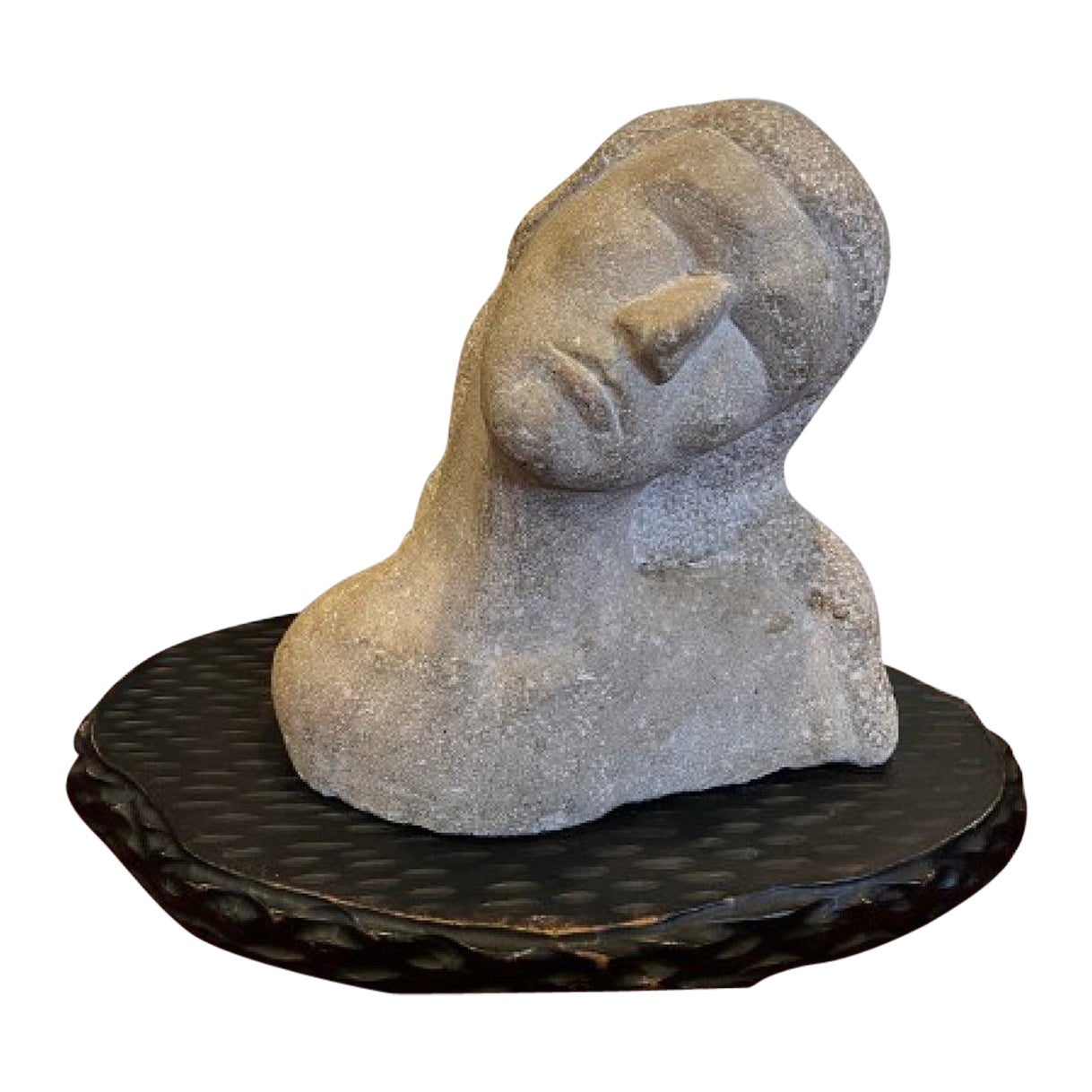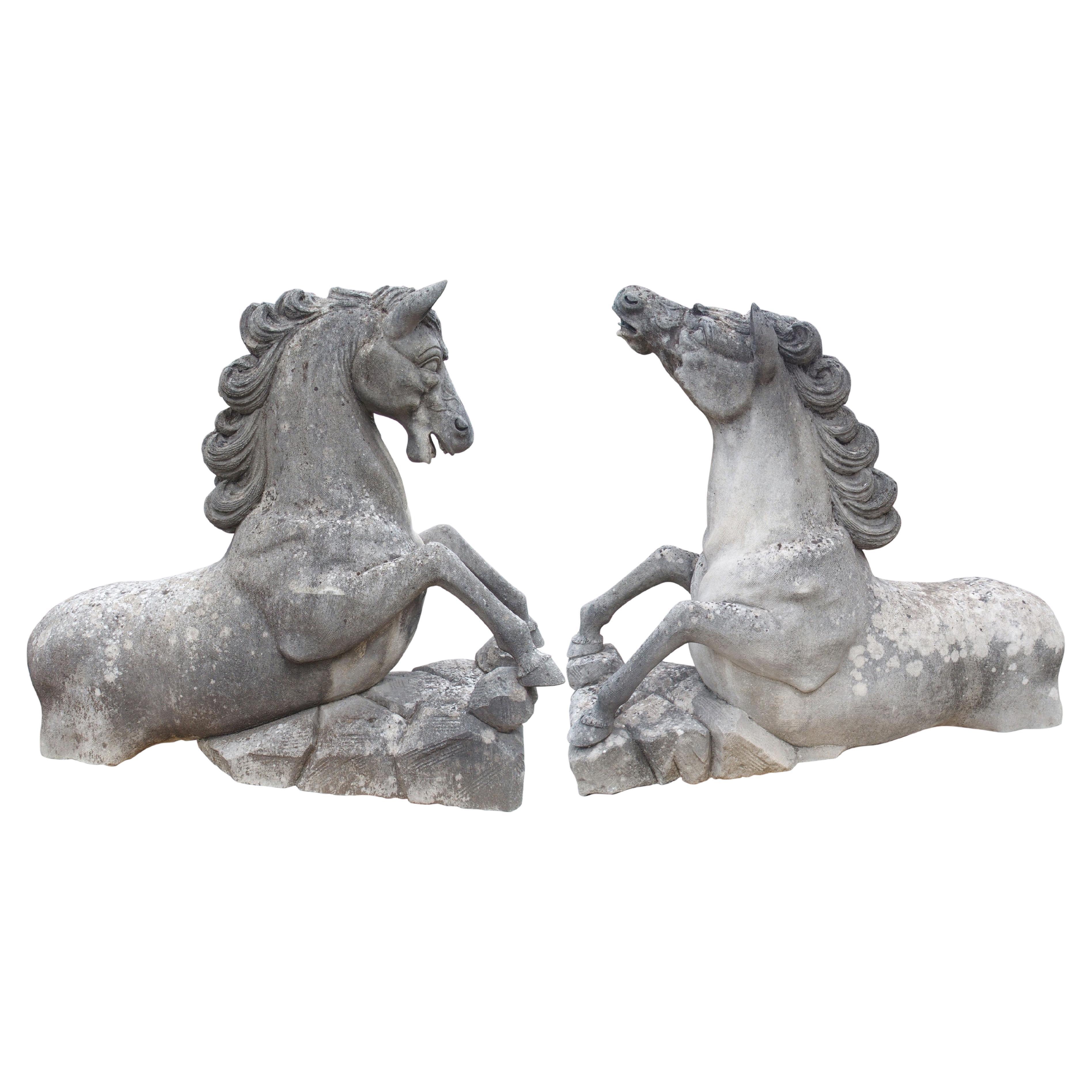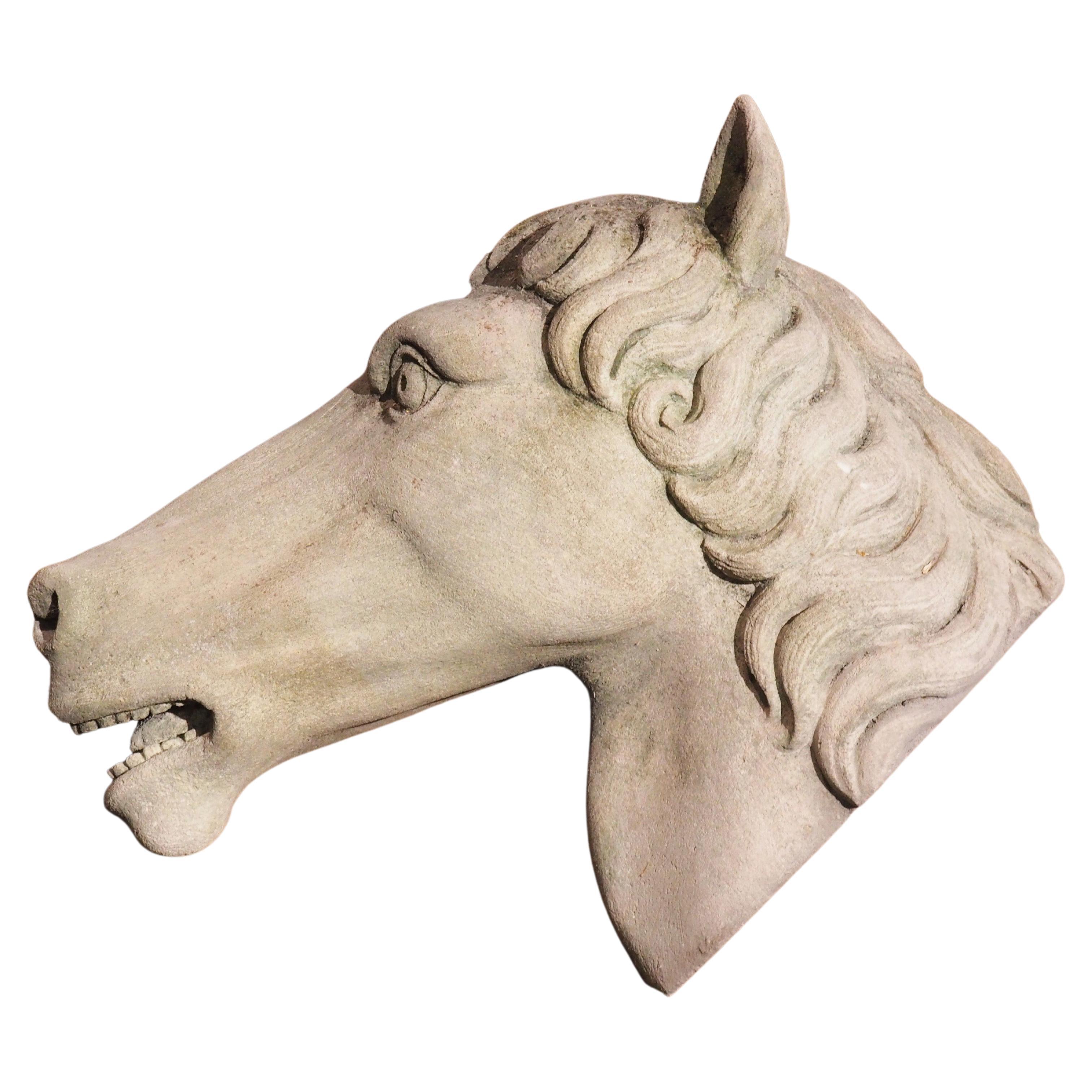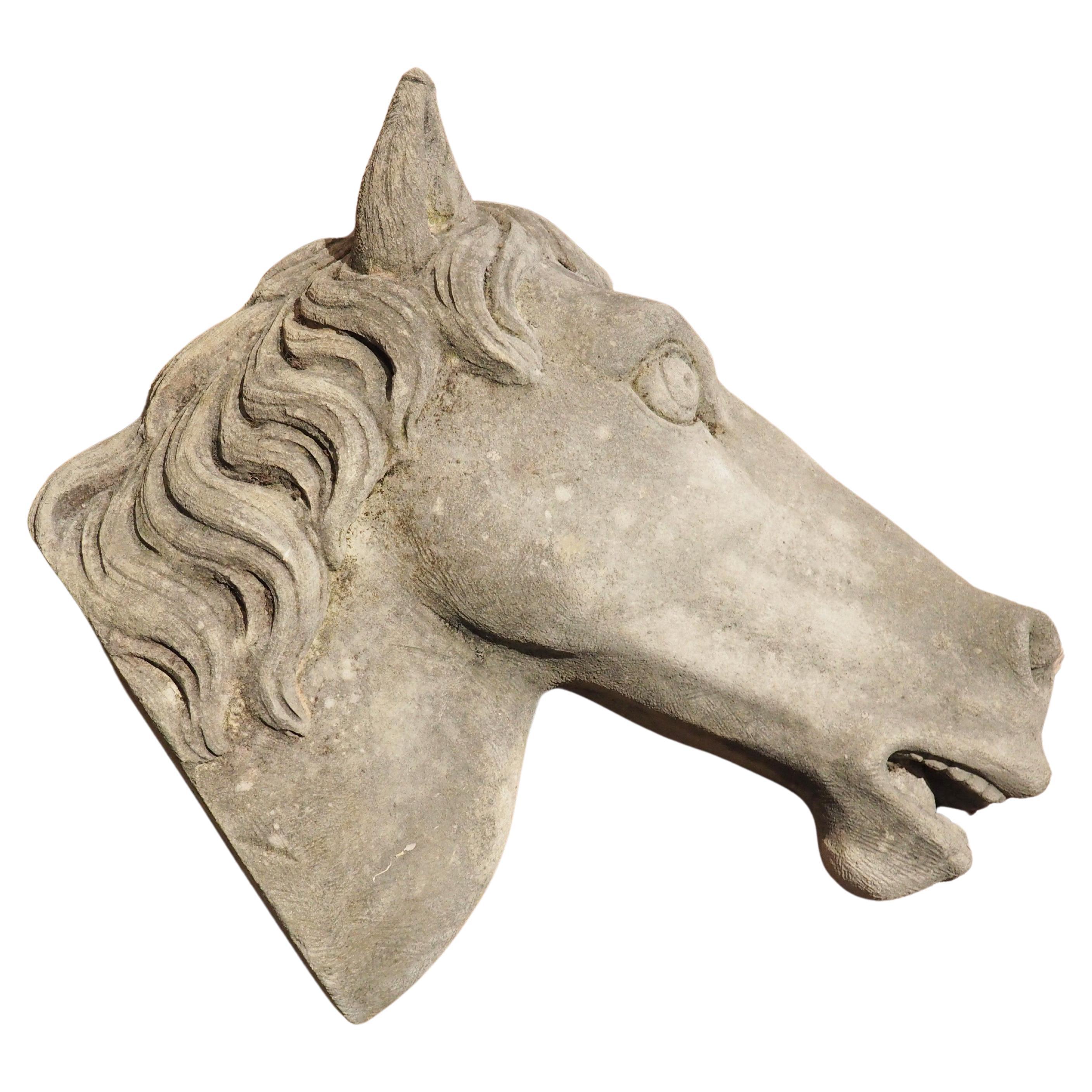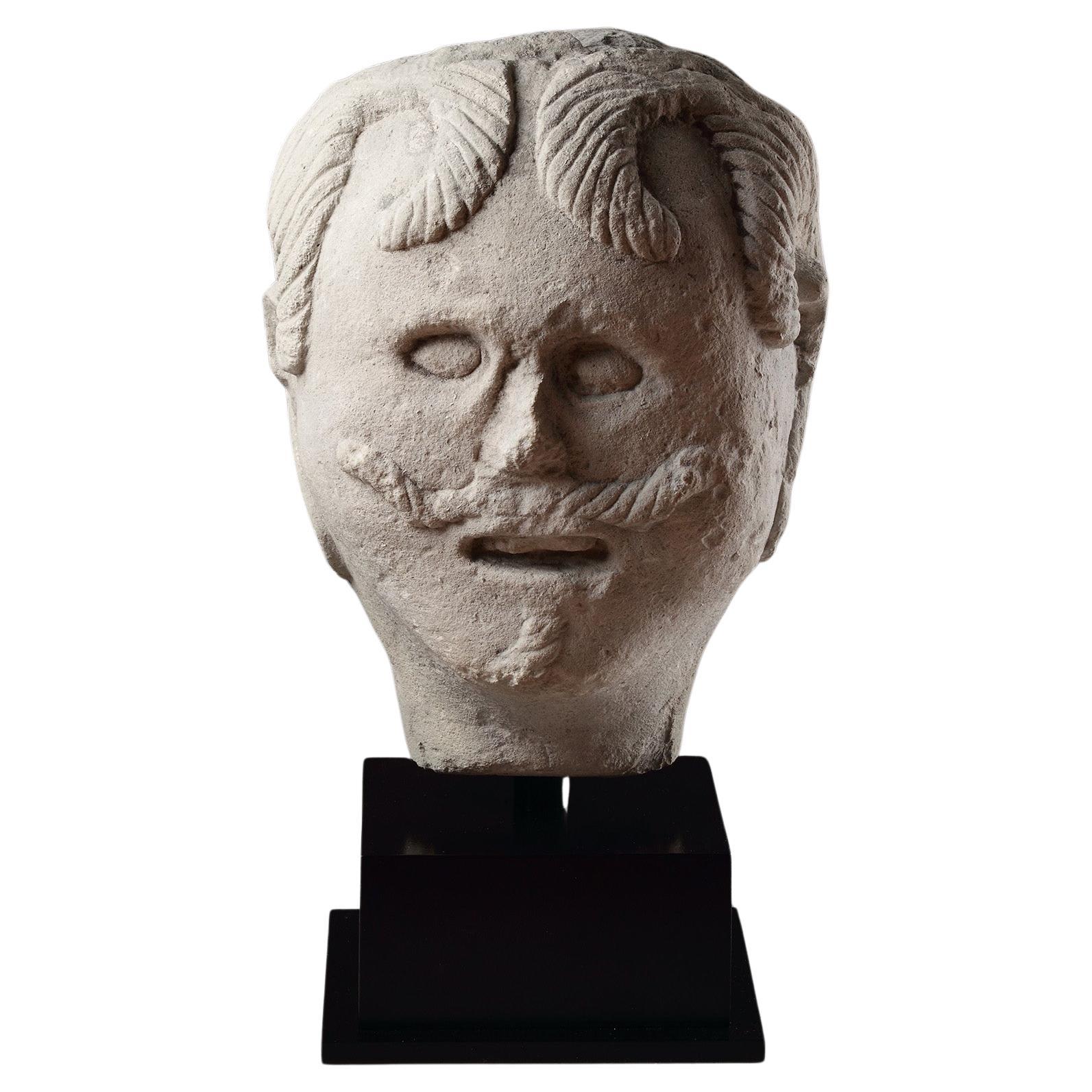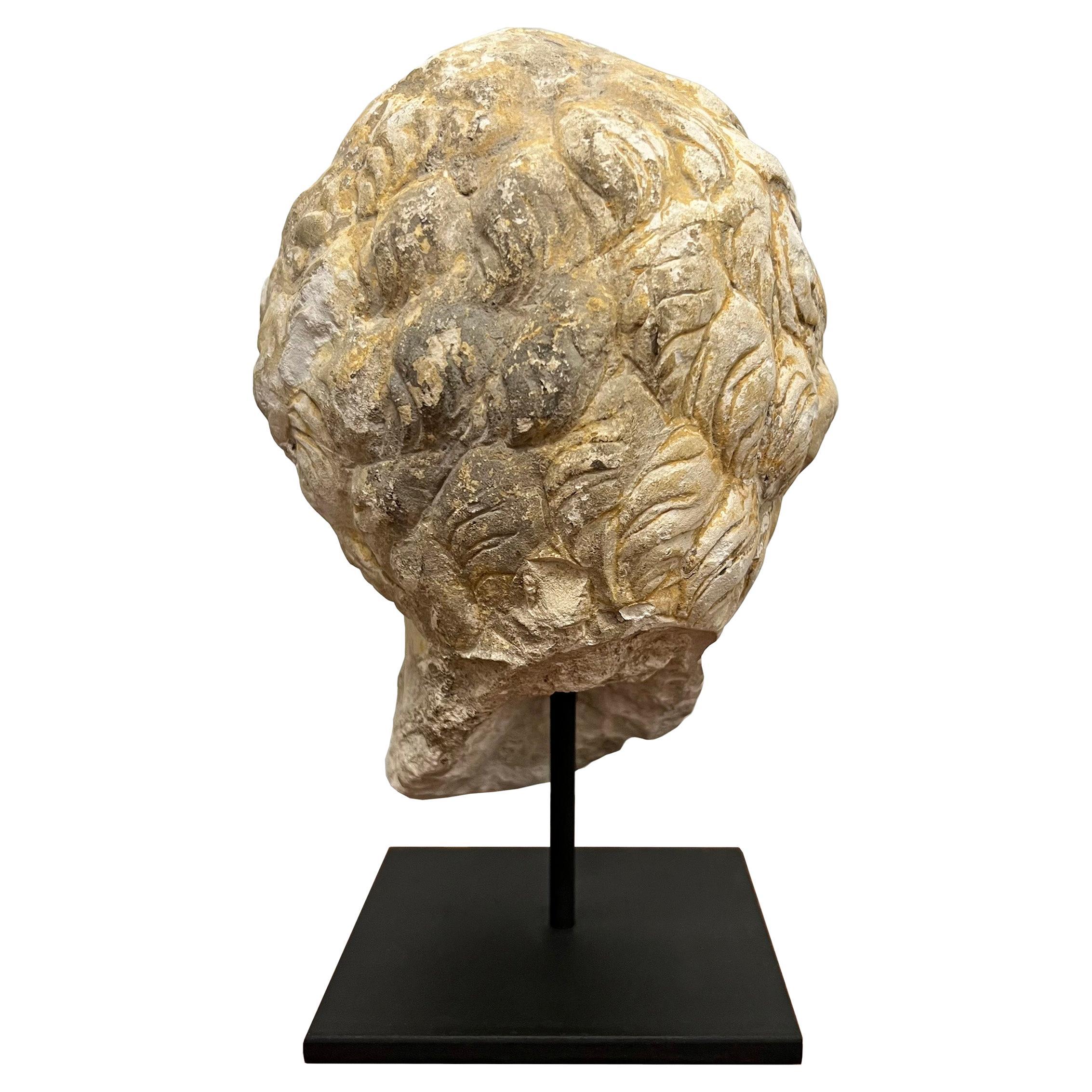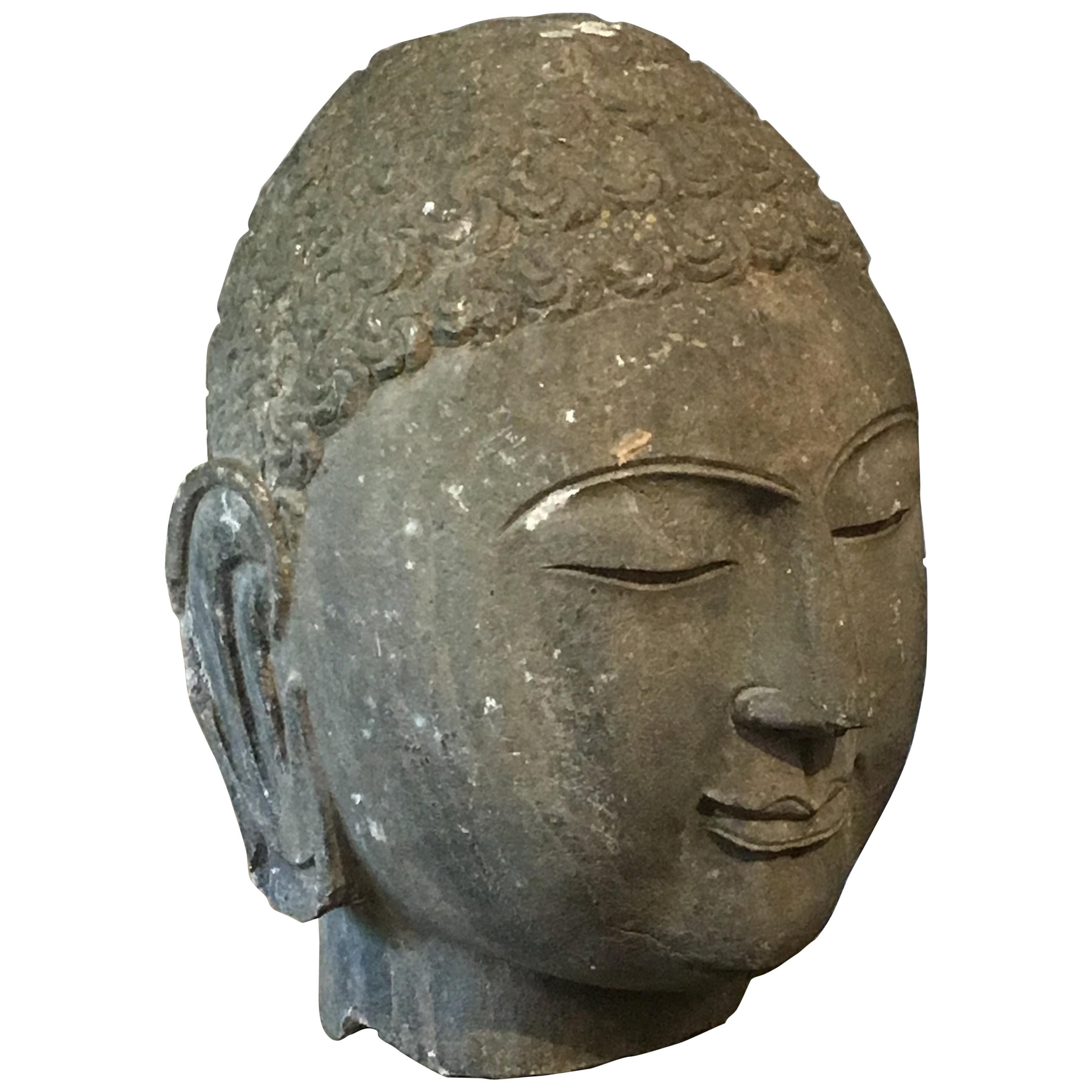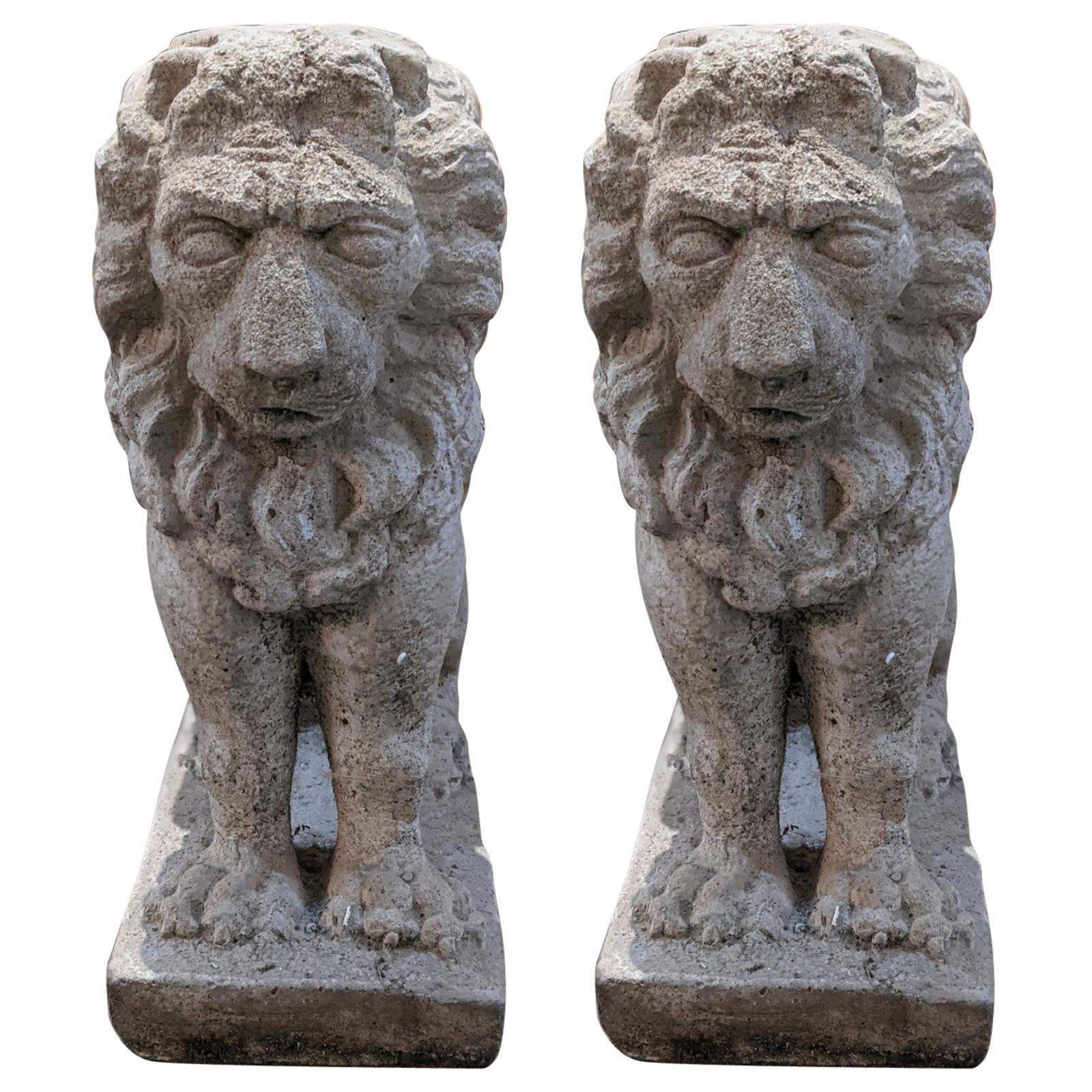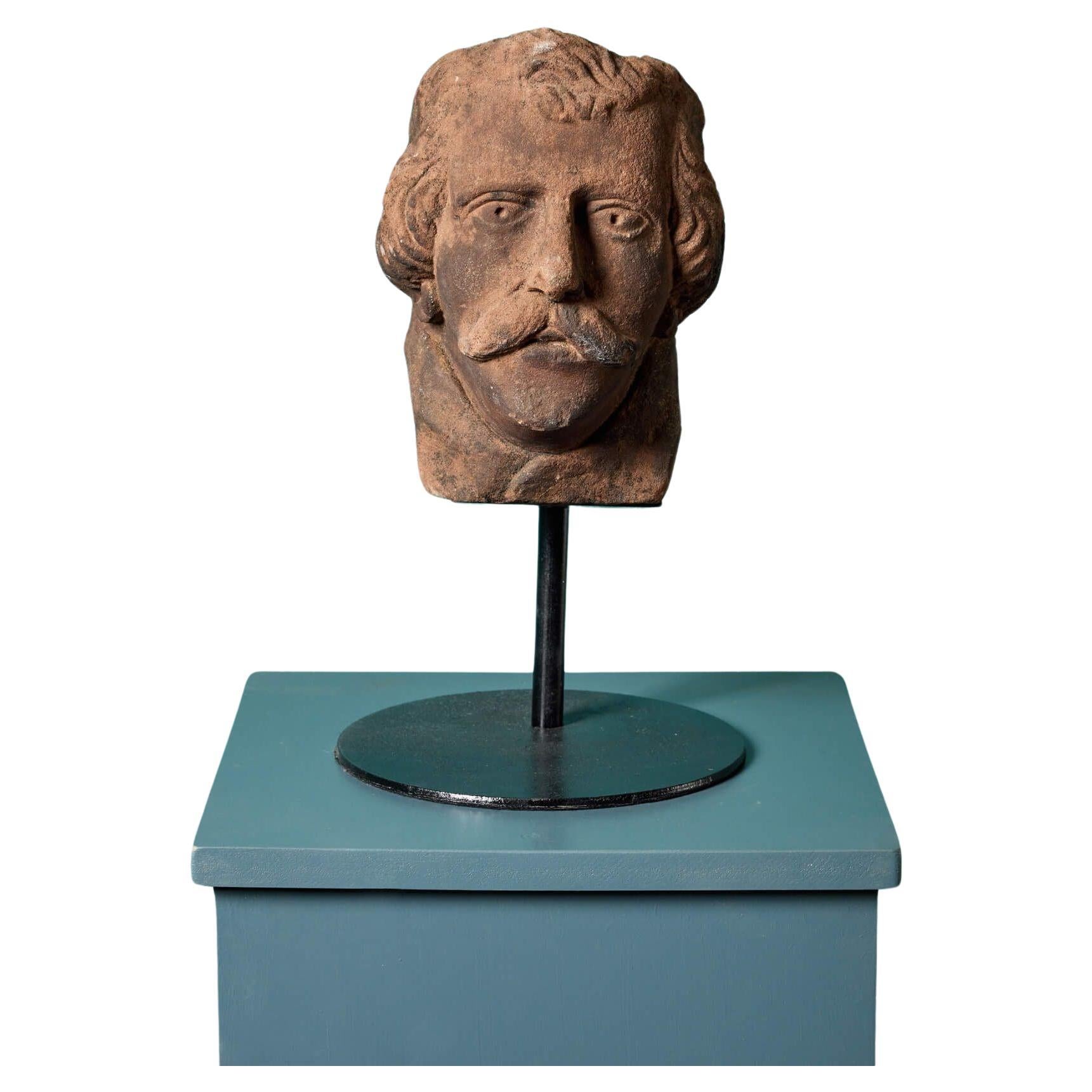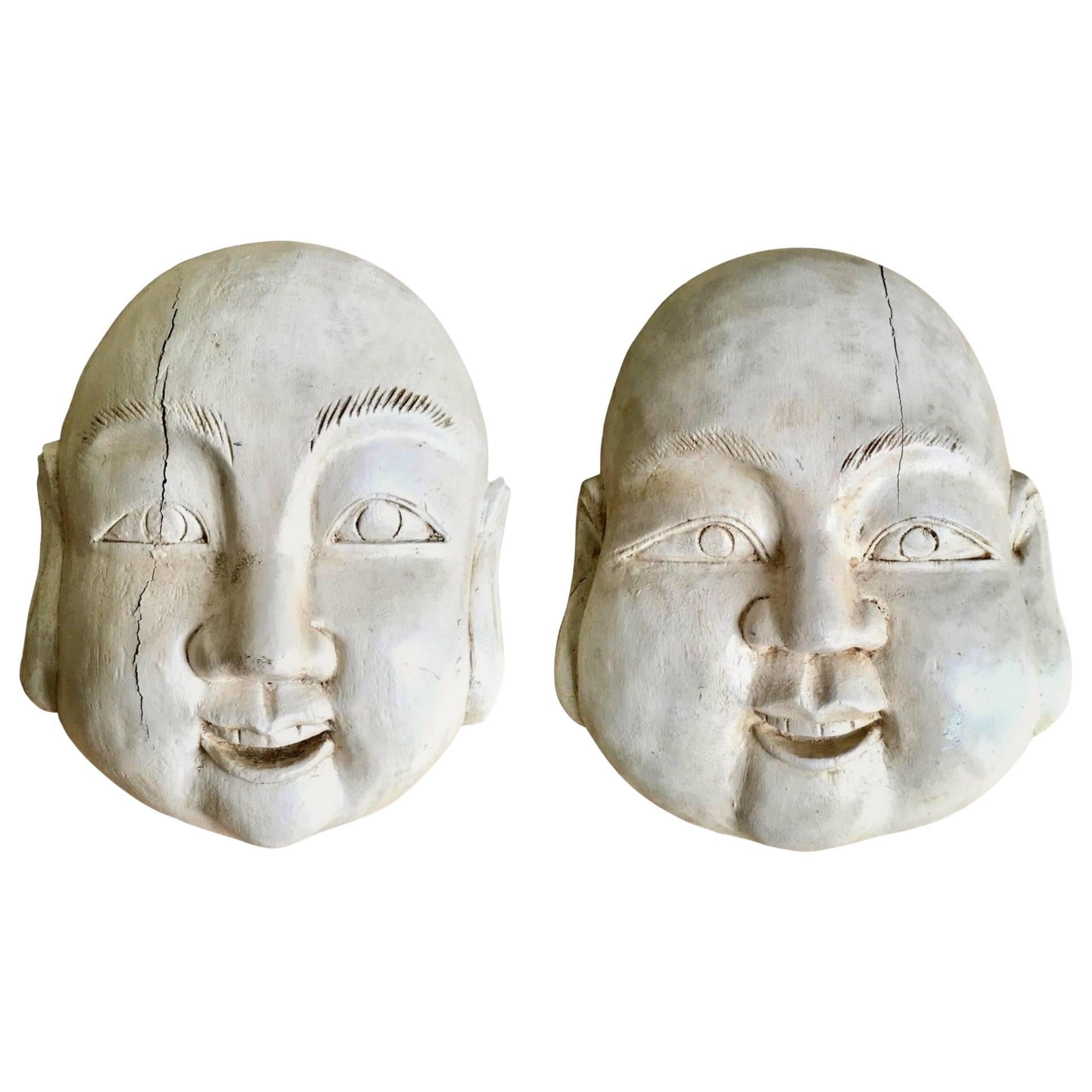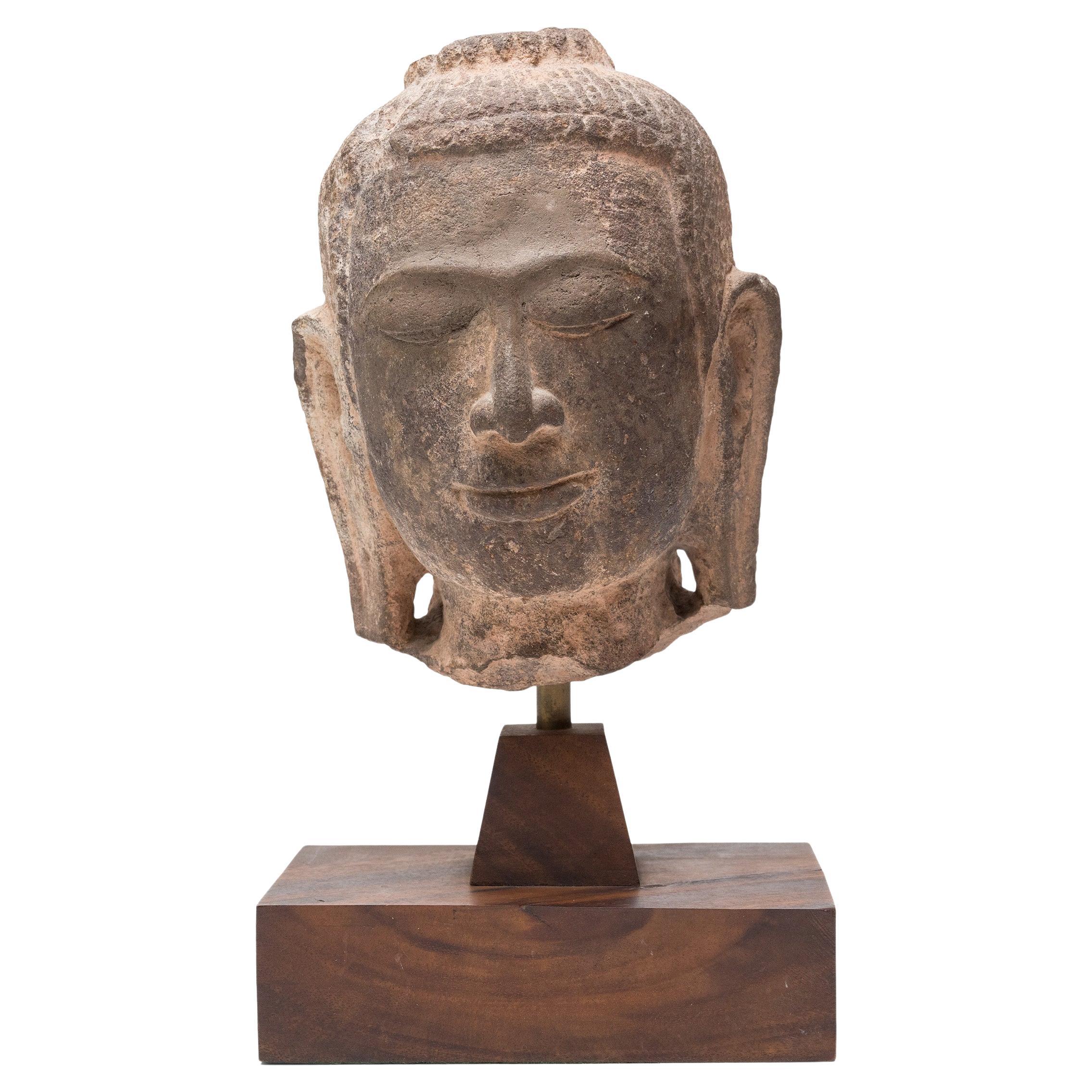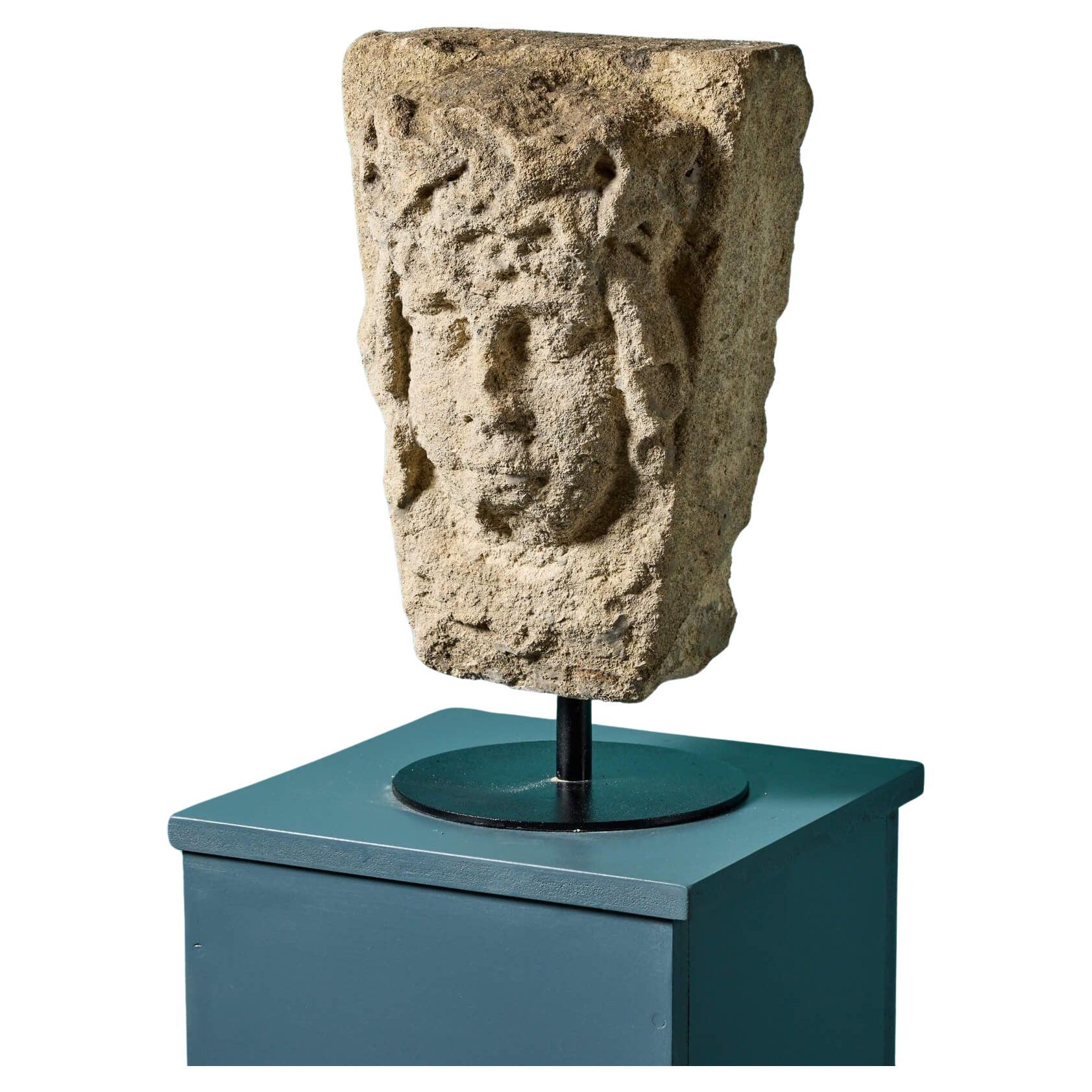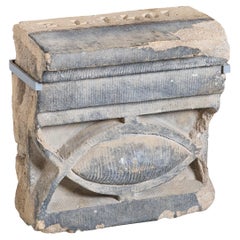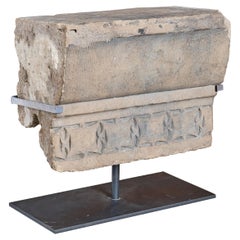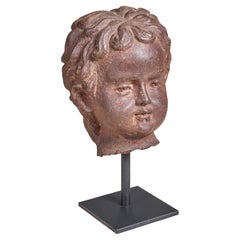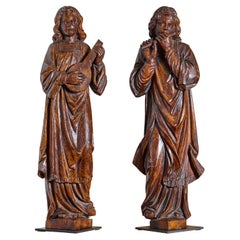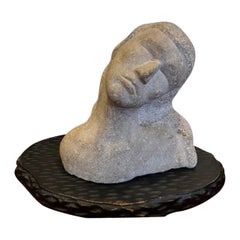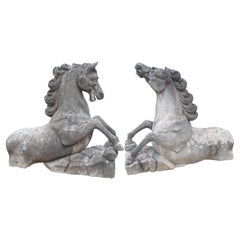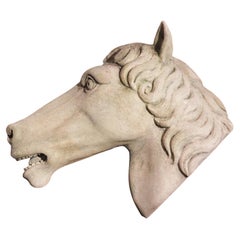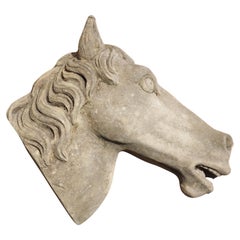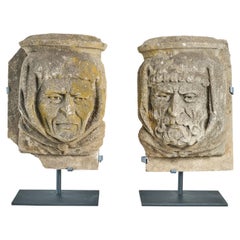
Pair of Carved Limestone Heads from a Building Facade
View Similar Items
Want more images or videos?
Request additional images or videos from the seller
1 of 10
Pair of Carved Limestone Heads from a Building Facade
About the Item
- Dimensions:Height: 16 in (40.64 cm)Width: 9.5 in (24.13 cm)Depth: 6.5 in (16.51 cm)
- Materials and Techniques:
- Place of Origin:
- Period:
- Date of Manufacture:1920
- Condition:
- Seller Location:Round Top, TX
- Reference Number:Seller: 1_AA441stDibs: LU820835749242
About the Seller
5.0
Vetted Professional Seller
Every seller passes strict standards for authenticity and reliability
Established in 1987
1stDibs seller since 2006
246 sales on 1stDibs
Typical response time: 2 hours
Authenticity Guarantee
In the unlikely event there’s an issue with an item’s authenticity, contact us within 1 year for a full refund. DetailsMoney-Back Guarantee
If your item is not as described, is damaged in transit, or does not arrive, contact us within 7 days for a full refund. Details24-Hour Cancellation
You have a 24-hour grace period in which to reconsider your purchase, with no questions asked.Vetted Professional Sellers
Our world-class sellers must adhere to strict standards for service and quality, maintaining the integrity of our listings.Price-Match Guarantee
If you find that a seller listed the same item for a lower price elsewhere, we’ll match it.Trusted Global Delivery
Our best-in-class carrier network provides specialized shipping options worldwide, including custom delivery.More From This Seller
View AllTerra Cotta Fragment from the Facade of the Chicago Stock Exchange
By Louis Sullivan
Located in Round Top, TX
Terra cotta fragment from the facade of the Chicago Stock Exchange. Architect Louis Sullivan. Includes new custom wall mount.
Category
Antique 1890s American Architectural Elements
Materials
Iron
Terra Cotta Facade Block from Chicago Stock Exchange
By Louis Sullivan
Located in Round Top, TX
Terra cotta facade block from Chicago Stock Exchange. Architect Louis Sullivan. Includes new custom mount.
Category
Antique 1890s American Architectural Elements
Materials
Iron
Cast Iron Head from a Statue
Located in Round Top, TX
Cast iron head head from a statue. Includes newly made custom stand.
Category
Antique 1880s Argentine Busts
Materials
Iron
Pair of Carved Oak Musicians
Located in Round Top, TX
Pair of carved oak musicians. Includes new custom iron bases. Great quality.
Category
Antique Early 1900s German Figurative Sculptures
Materials
Oak
Louis Sullivan Chicago Stock Exchange Facade Fragment
Located in Round Top, TX
Terra cotta facade fragment from Chicago Stock Exchange. Architect Louis Sullivan. On custom mount.
Category
Antique 1890s American Architectural Elements
Materials
Iron
Carved Statue of a Saint
Located in Round Top, TX
Carved statue of a saint with original patina.
Category
Antique Early 1900s Italian Sculptures and Carvings
Materials
Wood
$2,500
You May Also Like
French Carved Limestone Head of a Woman Sculpture
Located in Dallas, TX
French 1940's carved limestone head of a woman sculpture. Unattached to base.
Category
Vintage 1940s European Busts
Materials
Limestone
A Pair of Large Carved Limestone Horses from Veneto, Italy
Located in Dallas, TX
Hand-carved in Veneto, Italy, this pair of limestone horses are sculptures in the round, meaning that they can be viewed from any angle. Although the c...
Category
21st Century and Contemporary Italian Animal Sculptures
Materials
Stone, Limestone
Carved Limestone Horsehead from Italy
Located in Dallas, TX
Hand-carved by an Italian stone mason, this quaint limestone horsehead has excellent proportions. The contour of the cheek, the thick mane, and the slightly open mouth give the head a sense of realism. Carved with amazing precision, the horse can stand upright (face up) without the aid of a stand. Of course, it can also be hung on a wall in the proper orientation. Decorative horse heads of this size were often seen hanging on the exterior wall of a horse barn.
Category
21st Century and Contemporary Italian Garden Ornaments
Materials
Limestone
Carved Limestone Horsehead from Italy
Located in Dallas, TX
Hand-carved by an Italian stone mason, this quaint limestone horsehead has excellent proportions. The contour of the cheek, the thick mane, and the slightly open mouth give the head a sense of realism. Carved with amazing precision, the horse can stand upright (face up) without the aid of a stand. Of course, it can also be hung on a wall in the proper orientation. Decorative horse heads of this size were often seen hanging on the exterior wall of a horse barn.
Category
21st Century and Contemporary Italian Garden Ornaments
Materials
Limestone
European Carved Limestone Celtic Votive Head of a Male Warrior
Located in London, GB
A Large European Carved Limestone Celtic Votive Head of a Male Warrior Wearing a Typical Flowing Moustache Small Beard and Curling Locks of Hair Stiffened with Lime Wash the Slit Mouth Open as if in Command
Circa 1st Century BC - 1st Century AD
Size: 31cm high, 22cm wide, 25cm deep - 12¼ ins high, 8¾ ins wide, 9¾ ins deep / 42cm high - 16½ ins high (with base)
From about 500 BC, first Greek and later Roman historians mention peoples living in a large area of non-mediterranean Europe as Celts. These classical chroniclers seem to have recognised these communities as having sufficient shared cultural traditions to justify their being given a common name, ‘Keltoi’ by the Greeks, and ‘Celtae’ or ‘Galli’ by the Romans. The earliest allusions to Celts by such Greek historians as Herodotus (485 - 425 BC) were followed by Polybius (200 - 118 BC) and Livy (59 BC - AD 17) who discuss the expansion of the Celts from their central European homelands during the 4th and 3rd centuries BC. They document the presence of Celts in Spain, France, Italy, Greece and Asia Minor, specifically central Turkey. They testify to the successful Roman resistance to the Celts in Italy, after the ignominy of the sacking of Rome by them in 387 BC, and describe the huge defeat suffered by the Celts at the battle of Telemon in northern Italy in 225 BC. The Celts in Greece who sacked the sacred site of Delphi in 279 BC were defeated by King Antigonos Gonatas of Macedon in 278 - 277 BC and in Turkey by Altalus of Pergamon in 240 BC. The Celts in Spain fell under the shadow of Rome from 2nd Century BC and the Celtic heartland known by the Romans as ‘Gaul’ was conquered by the Romans under Julius Caesar in the mid 1st Century BC. Britain was not referred to as Celtic by the ancient historians, but Caesar recognised the close similarities between Britain and Gaul especially in their political organisation. Tacitus (55 - 120 AD) and others chronicled the conquest of Britain between 43 and 84 AD some mentioning the fierce nature of the Celts who went into battle naked.
Celtic art therefore belongs to an artistic tradition in the early history of Europe which is no less important than that of the classical world. Art was central to Celtic identity and was closely related to the objects which it decorated. The Celts were used to seeing art as an integral part of their everyday lives.
Provenance:
Ex Finch and Co...
Category
Antique 15th Century and Earlier European Busts
Materials
Limestone
15th Century French Carved Limestone Head Fragment
Located in Chicago, IL
An incredible and rare 15th century French carved limestone fragment depicting the back of a man's head with a wavy hair texture, and mounted on a c...
Category
Antique 15th Century and Earlier French Renaissance Mounted Objects
Materials
Marble
Recently Viewed
View AllMore Ways To Browse
Balinese Wooden Statue
Bill Mcmullen
Bronze Lady Justice
Bronze Sculpture Chevre
Bronze Vow
Cameron Bronze
Capodimonte Horse Sculpture
Capodimonte Horse
Capodimonte Porcelain Fruit
Cast Iron Bird House
Celine Ceramic
Ceramic Gnome
Ceramic Shark
Ch Perron
Chalkware Statue
Claire Jeanne Roberte Colinet The Juggler
Collection Of Tibetan Money
Continental Porcelain Figurines
